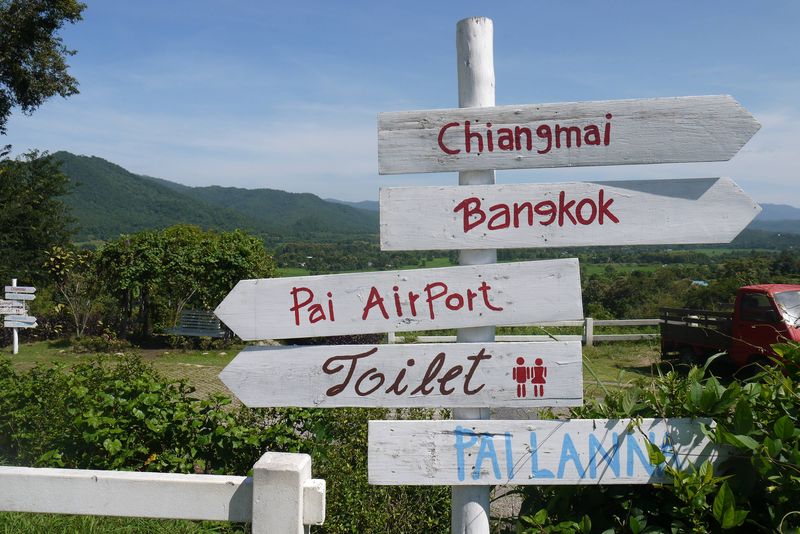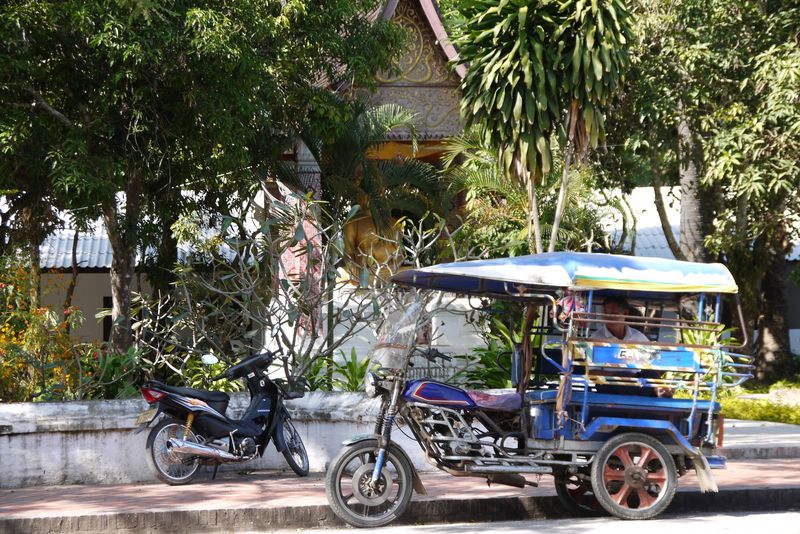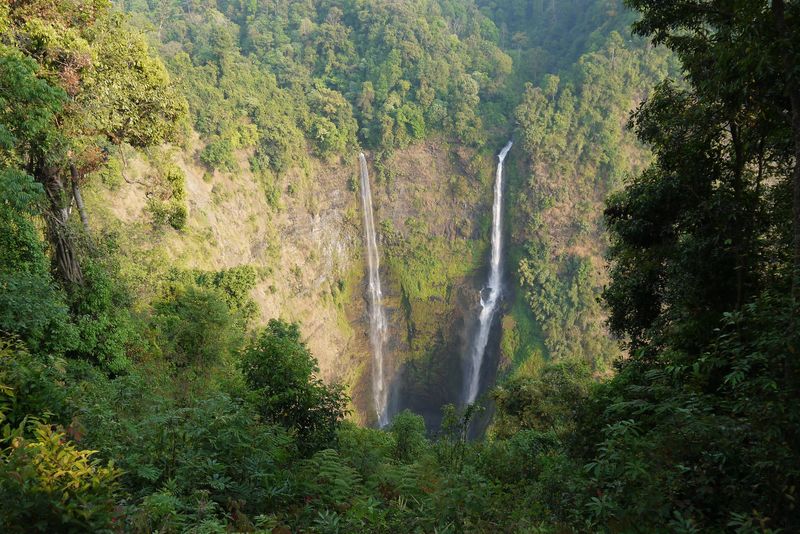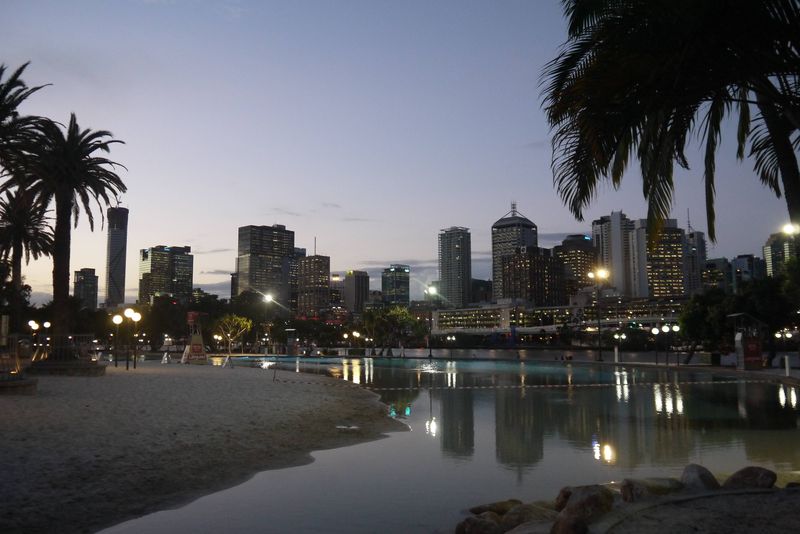Thailand Travel Tips: How to Get Around
Since we found up-to-date information about how to get around Thailand hard to come by when researching our three-month trip, we’ve decided to put all we know here to (hopefully) help other travellers. So, should you travel Thailand by bus, train or plane? How long does it take to get from the north of the country to south? Here's all we know about how to get around Thailand. 19 June, 2014 / 0 Comments














